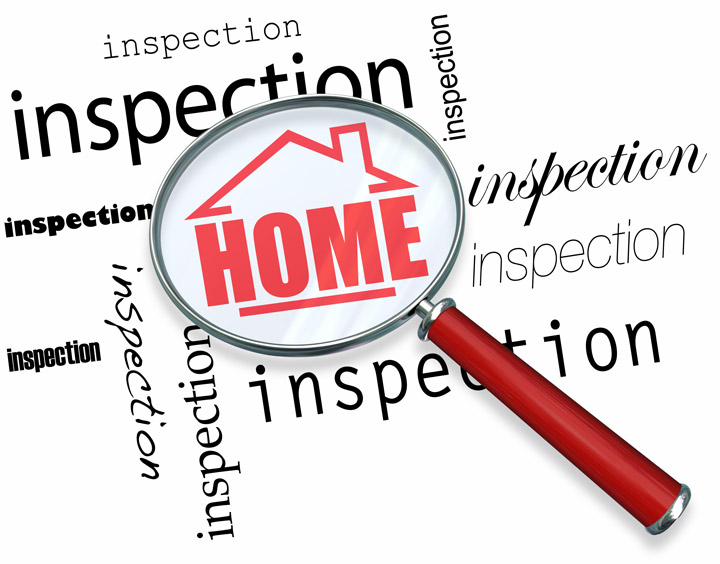
What Are the Components of an Appraisal?Their home's purchase can be the largest investment some of us may ever encounter. It doesn't matter if a primary residence, a second vacation property or a rental fixer upper, purchasing real property is a complex financial transaction that requires multiple parties to make it all happen. Practically all the participants are quite familiar. The most familiar face in the transaction is the real estate agent. Next, the lender provides the financial capital needed to finance the exchange. And ensuring all requirements of the sale are completed and that the title is clear to transfer from the seller to the purchaser is the title company. So, who makes sure the property is worth the amount being paid? This is where the appraiser comes in. We provide an unbiased estimate of what a buyer could expect to pay — or a seller receive — for a property, where both buyer and seller are informed parties. A licensed, certified, professional appraiser from Jankowski Appraiser will ensure, you as an interested party, are informed. The inspection is where an appraisal startsTo ascertain an accurate status of the property, it's our responsibility to first conduct a thorough inspection. We must actually see features, such as the number of bedrooms and bathrooms, the location, amenities, etc., to ensure they truly are present and are in the condition a reasonable buyer would expect them to be. To ensure the stated size of the property is accurate and convey the layout of the house, the inspection often entails creating a sketch of the floorplan. Most importantly, the appraiser looks for any obvious amenities - or defects - that would have an impact on the value of the property. After the inspection, we use two or three approaches to determining the value of real property: a paired sales analysis, a replacement cost calculation, and an income approach when rental properties are prevalent. 
Cost ApproachHere, the appraiser pulls information on local building costs, the cost of labor and other elements to calculate how much it would cost to replace the property being appraised. This value commonly sets the maximum on what a property would sell for. It's also the least used method. 
Paired Sales AnalysisAppraisers can tell you a lot about the subdivisions in which they appraise. They thoroughly understand the value of particular features to the residents of that area. Then, the appraiser looks up recent sales in the vicinity and finds properties which are 'comparable' to the home in question. Using knowledge of the value of certain items such as fireplaces, room layout, appliance upgrades, extra bathrooms or bedrooms, or quality of construction, we adjust the comparable properties so that they more accurately portray the features of subject.
A valid estimate of what the subject might sell for can only be determined once all differences between the comps and the subject have been evaluated. At Jankowski Appraiser , we are an authority when it comes to knowing the worth of real estate features in Bloomsburg and Columbia County neighborhoods. This approach to value is most often given the most consideration when an appraisal is for a home purchase. Valuation Using the Income ApproachA third way of valuing a house is sometimes applied when a neighborhood has a reasonable number of rental properties. In this situation, the amount of revenue the real estate yields is taken into consideration along with income produced by similar properties to determine the current value. The Bottom LineAnalyzing the data from all applicable approaches, the appraiser is then ready to state an estimated market value for the property at hand. The estimate of value at the bottom of the appraisal report is not always what's being paid for the property even though it is likely the best indication of what a property is worth. Depending on the individual situations of the buyer or seller, their level of urgency or a buyer's desire for that exact property, the closing price of a home can always be driven up or down.But the appraised value is typically used as a guideline for lenders who don't want to loan a buyer more money than they could get back in case they had to put the property on the market again. The bottom line is, an appraiser from Jankowski Appraiser will guarantee you attain the most fair and balanced property value, so you can make profitable real estate decisions. |